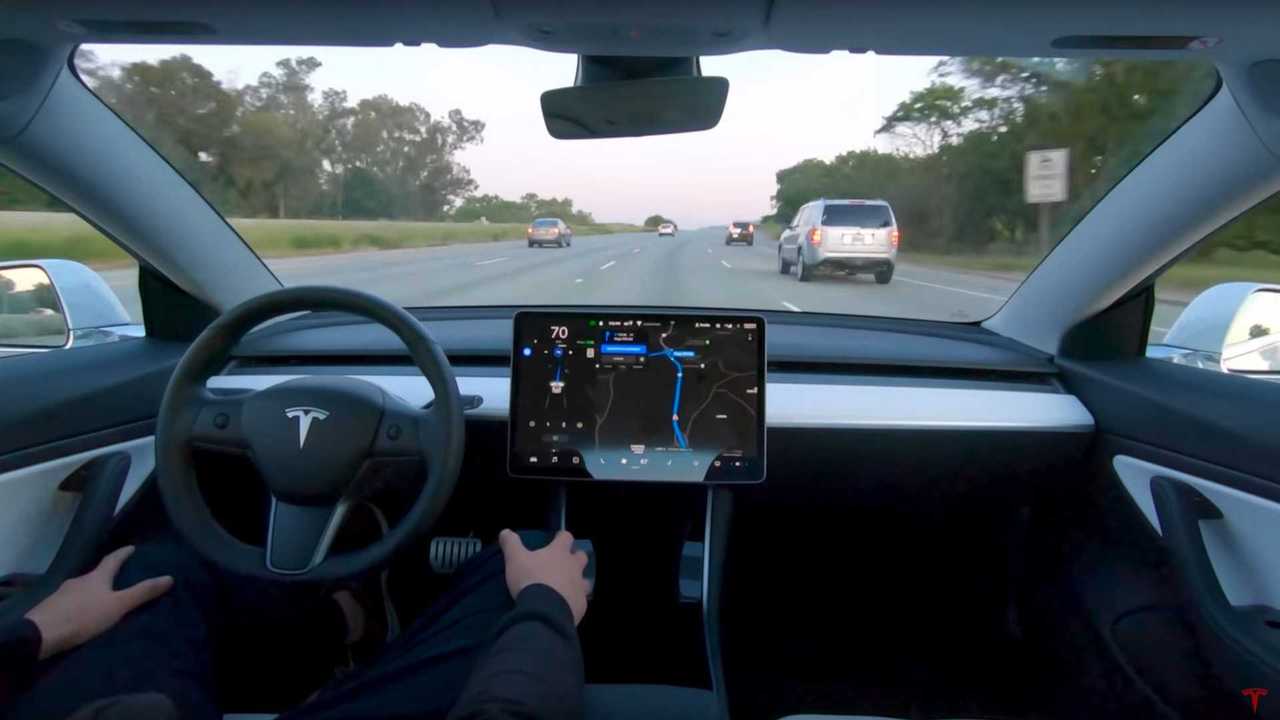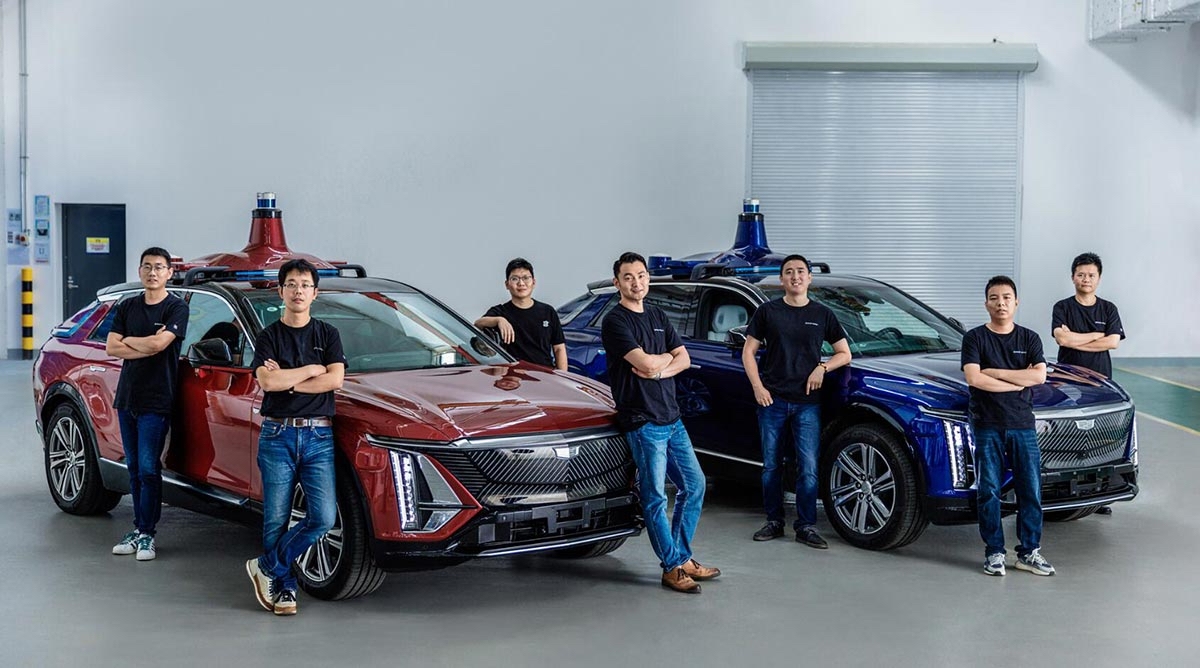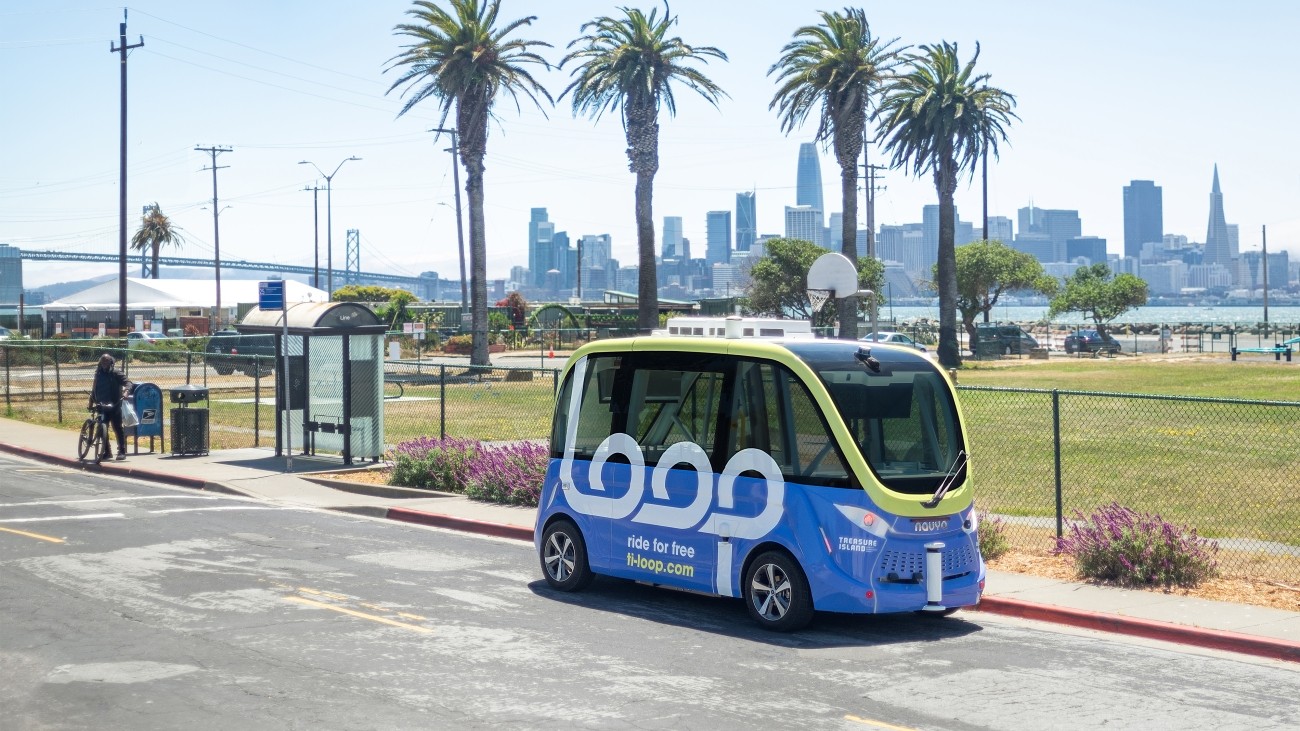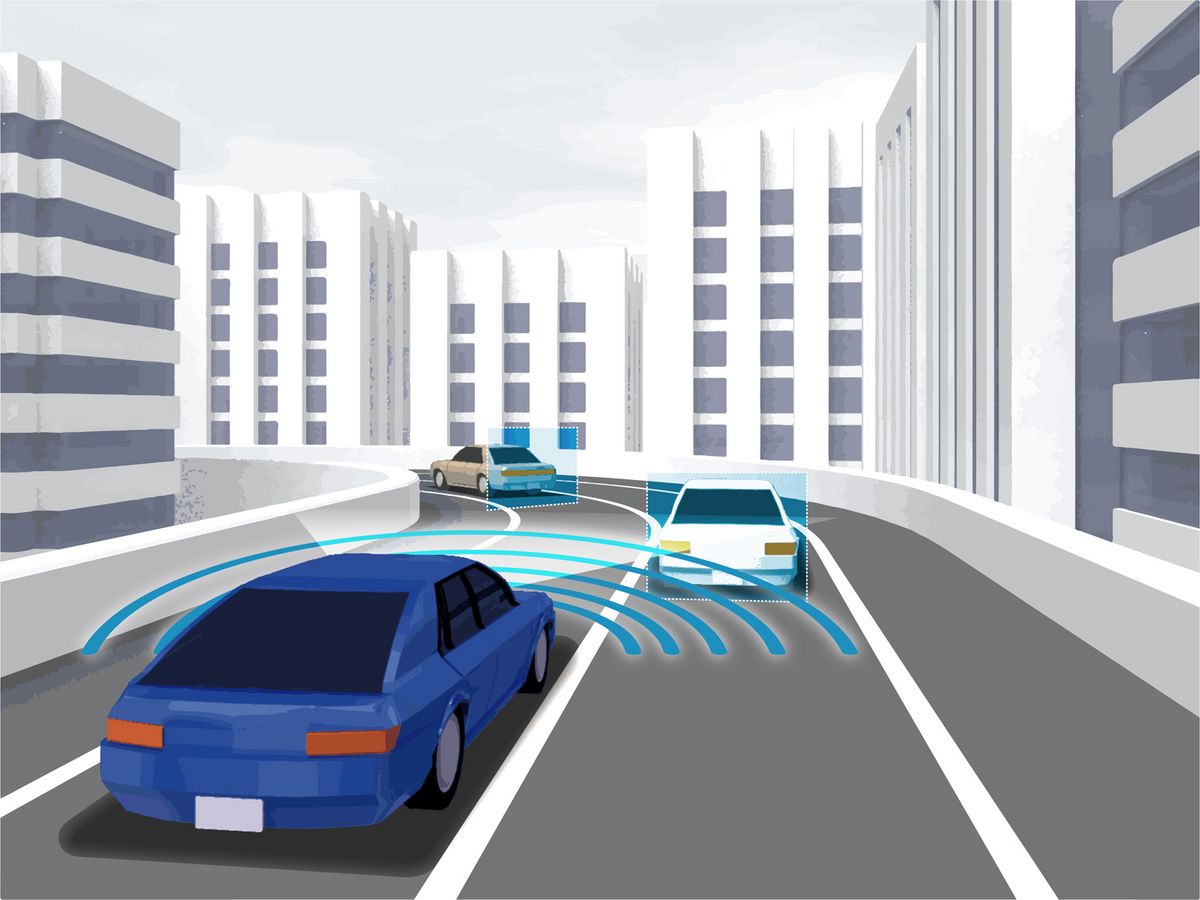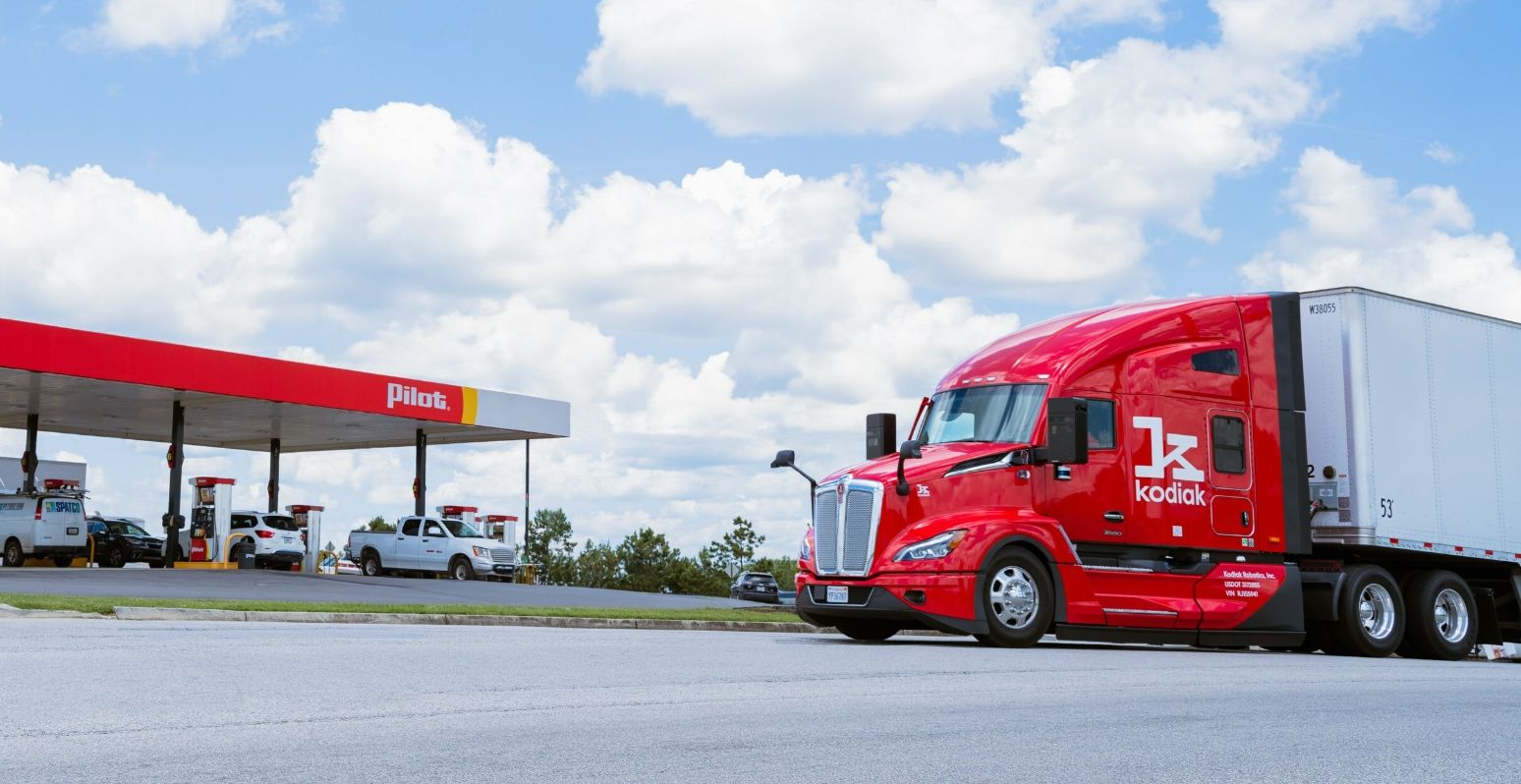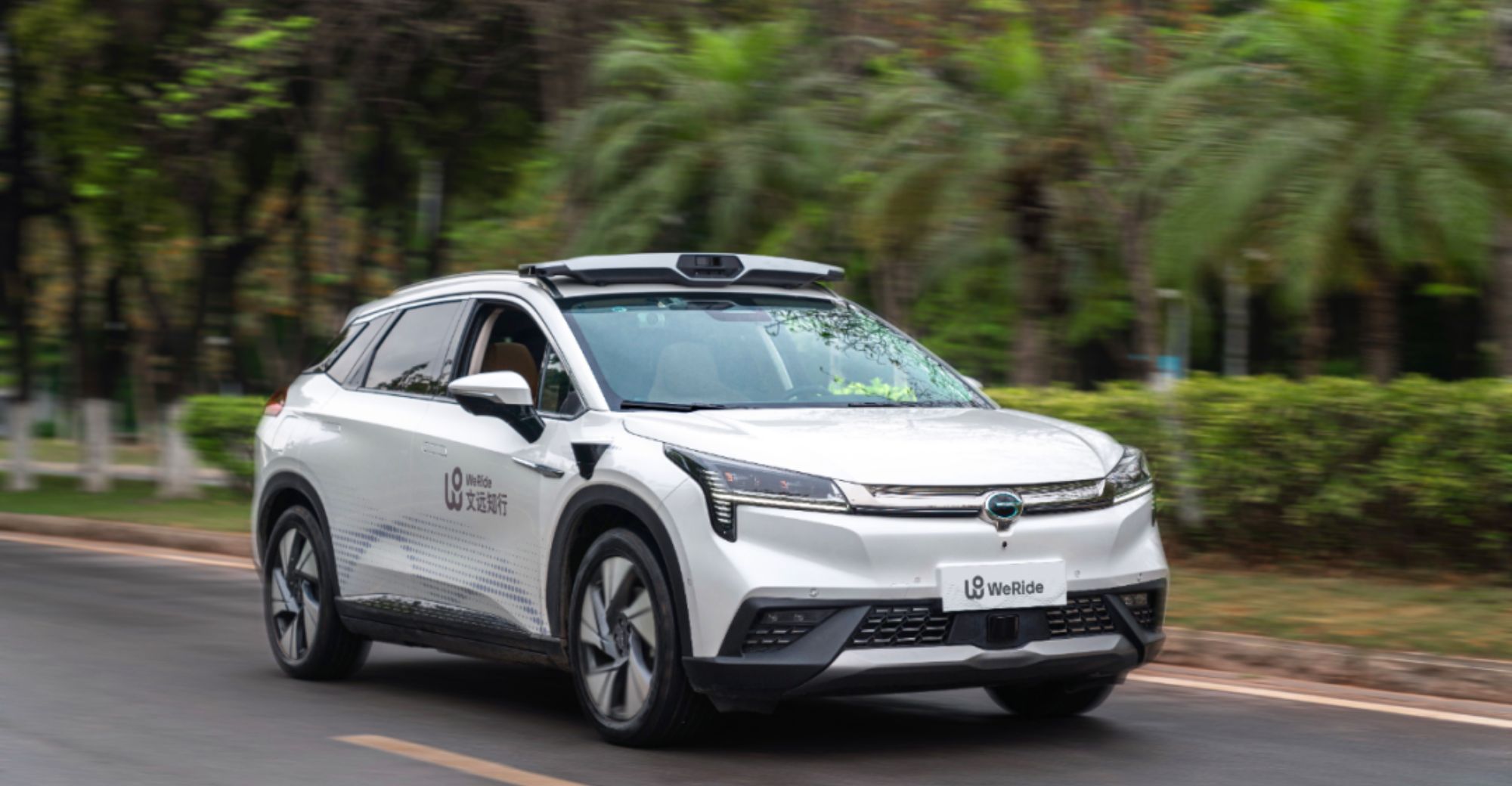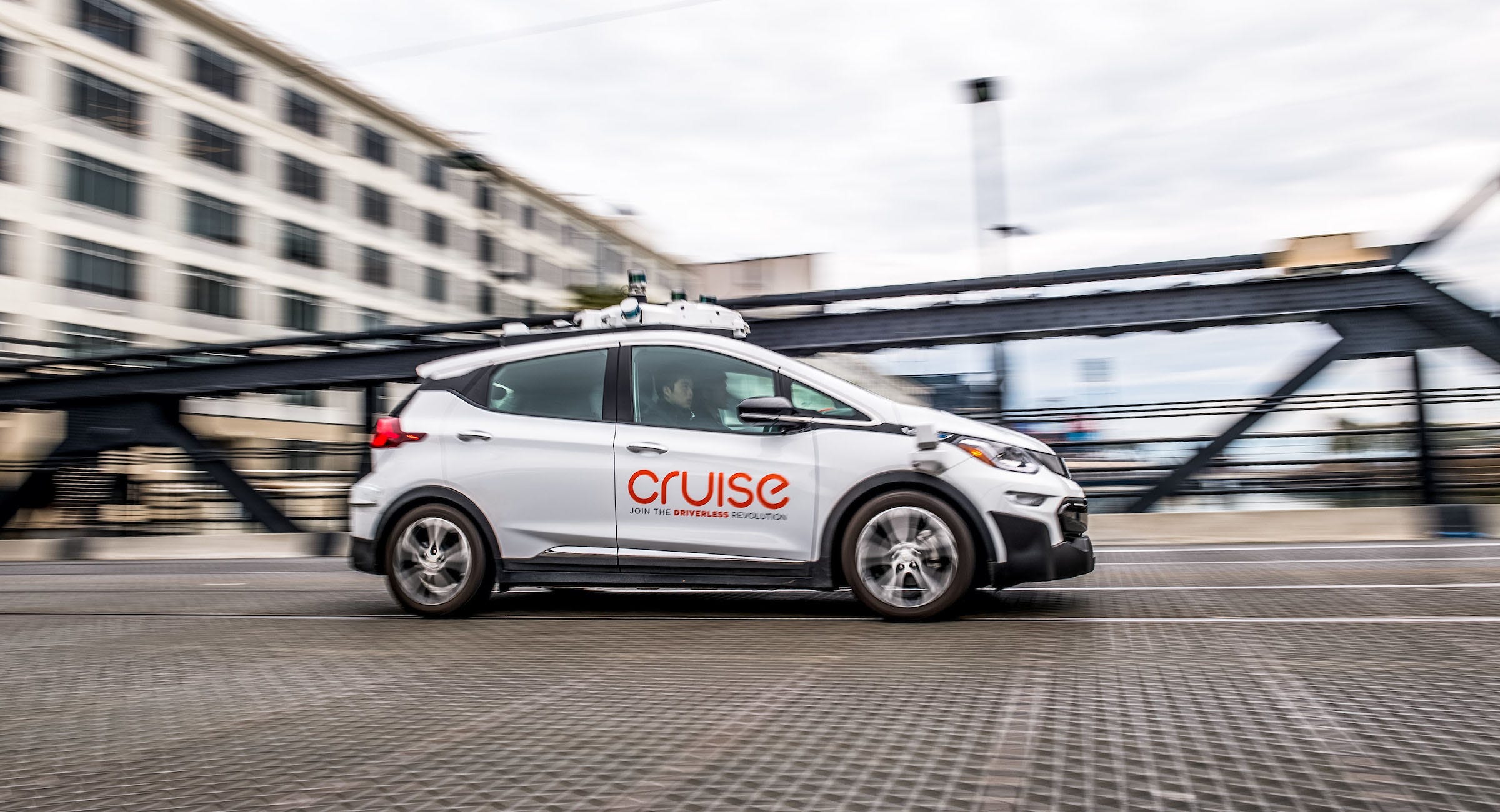Keeping true to his promise, Elon Musk, CEO of Tesla, took the unreleased Full Self-Driving (FSD) Beta V12 edition for a notable spin during the rush hour, impressing observers with the advancements made in the driver-assist technology. The 45-minute drive through the bustling streets of Palo Alto exhibited the software’s ability to adeptly navigate challenging tasks like unprotected left turns, with Musk commending the smoother acceleration, intuitive control, and seamless turns provided by the software.
Underlining the progress made in FSD Beta V12, Musk elaborated that the software’s eight HW3 cameras functioned at their maximum capacity, capturing 36 frames per second. However, he envisioned even swifter processing through purely AI-driven calculations, with a theoretical peak performance of 50 frames per second. The real-world application, according to Musk, operates effectively at 24 frames per second due to the practical demands of road conditions.
Musk highlighted a notable shift in FSD’s approach to learning and adaptation. Rather than coding specific road elements or scenarios individually, the FSD AI now learns from vast amounts of video data, allowing it to discern optimal actions in varying situations. This paradigm shift has not only streamlined the software by eliminating a significant portion of code but has also rendered it more agile. Notably, FSD V12 can operate without a data connection on unfamiliar terrains.
— Elon Musk (@elonmusk) August 26, 2023
International Beta Testing Efforts were revealed to be underway, encompassing locations as diverse as New Zealand, Norway, Thailand, and Japan. Tesla’s commitment to expanding the testing scope underscores the company’s ambition to fine-tune the FSD technology across diverse driving conditions and global traffic norms.
During the demonstration, Musk and his commentary partner, potentially a chief engineer at Tesla’s driver-assist software unit, delved into intriguing statistics related to driver behavior. Musk mentioned that a mere 5% of human drivers adhere strictly to stop signs by coming to a complete halt, while the majority tend to gradually approach the stop. A correction was made to clarify that the accurate figure is 0.5%, emphasizing the complexities of human driving habits and the challenges faced in developing software that mirrors them.
Regulatory oversight emerged as a significant factor in the development of advanced driver-assist software. The National Highway Traffic Safety Administration (NHTSA), responsible for regulating such technologies, recently concluded an investigation into Tesla’s autonomous driving software behavior. This investigation is anticipated to yield recommendations that could encompass heightened driver engagement and warnings. The recall issued by the NHTSA concerning Tesla’s driver-assist software, particularly regarding running stop signs, is likely to influence these forthcoming decisions.
As the NHTSA prepares to release its findings, the automotive world watches with keen interest, recognizing the crucial intersection of innovation, safety, and regulatory scrutiny. Elon Musk’s demonstration of the FSD Beta V12 serves as a testament to the ongoing evolution of self-driving technology and its potential impact on reshaping the future of transportation.

